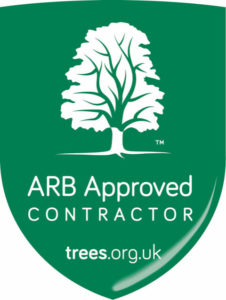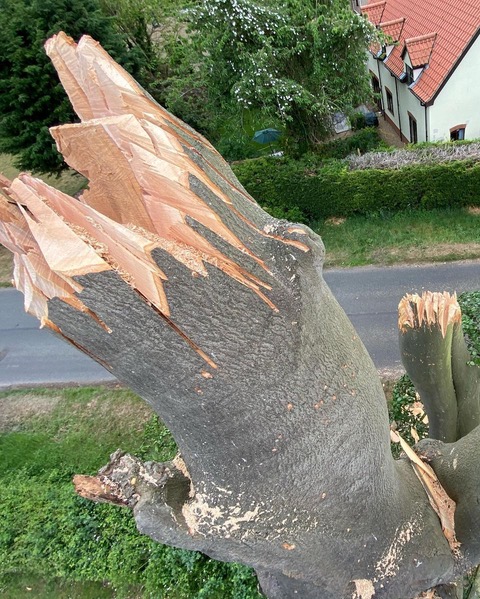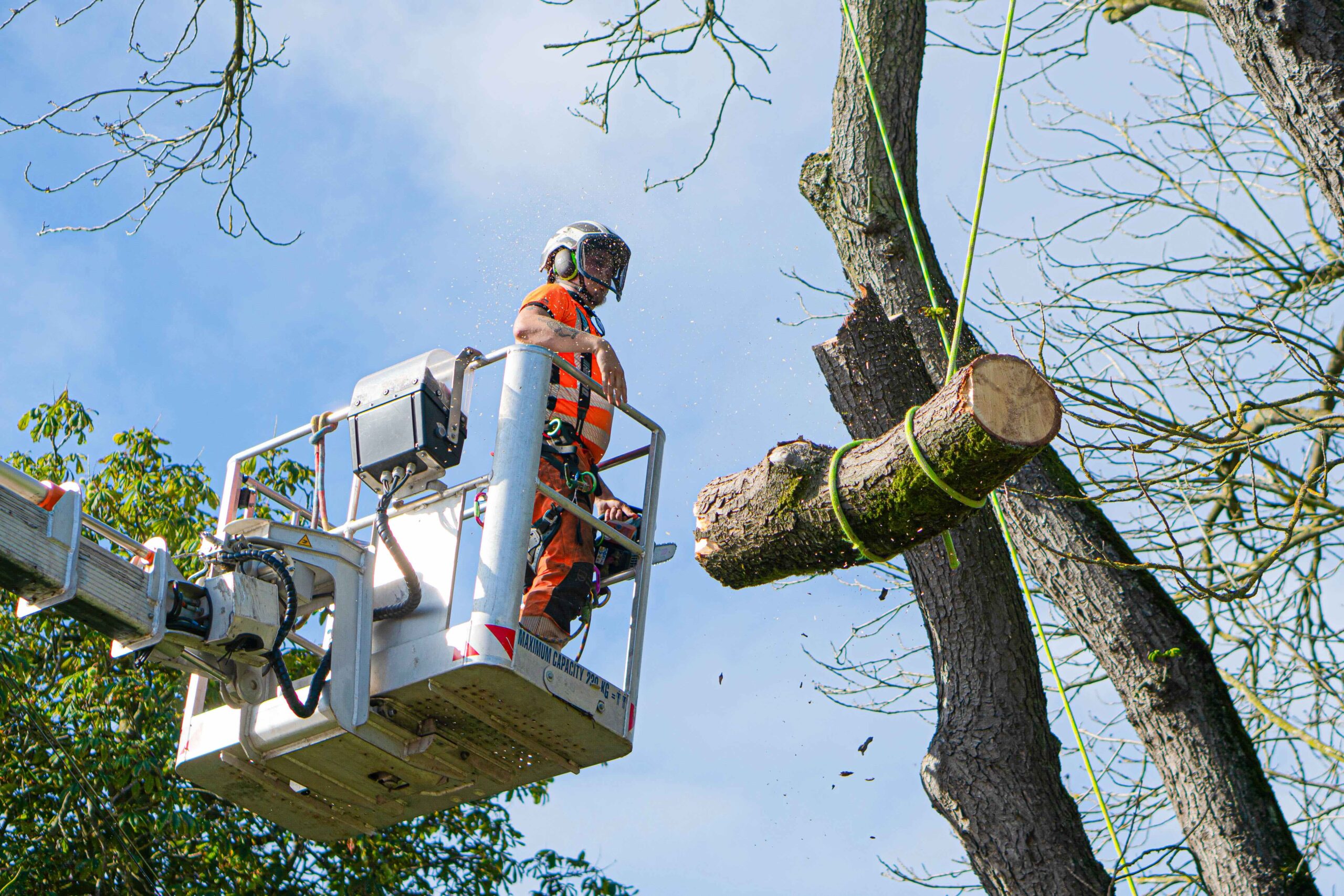When it comes to tree care, it’s important to know the unique methods and benefits of each pruning technique. The coronet cut is one such technique that is well known for its environmental benefits. These cuts can support trees to adapt to decay, and also encourage wildlife to thrive. In this post, we’ll explore what coronet cuts are, when they should be used, and how they can help local ecosystems.
What are coronet cuts?
Also known as ‘fracture pruning’, a coronet cut is a specialised technique that imitates the natural process of limb failure. In nature, ‘tears’ will often occur in tree branches as a result of excessive weight, decay, poor growth, or weather damage.
These cuts imitate these tears with controlled ‘fractures’, allowing the tree to develop similar features to what would occur in the wild. The aim is to promote a natural decay process that nurtures a healthy, balanced habitat for wildlife.
What are the benefits?
It may seem counterintuitive, but promoting decay in trees can be highly beneficial for the ecosystem.
Coronet cuts promote the development of microhabitats in the decaying branches, providing food and shelter for microorganisms such as woodlice and earwigs. These tiny insects go on to support larger species that are higher in the food chain, such as birds and bats, creating a thriving ecosystem over time. Put simply, fracture pruning helps to turn trees into wildlife hotels.
While there’s a host of benefits for the local wildlife, the decay process may weaken the tree’s structure. This is why these specialised cuts are only employed in very specific scenarios, which we’ll talk about next.
When should coronet cuts be used?
At Dr Stump, we reserve fracture pruning for specific cases where the environmental benefits outweigh the long-term health of the tree, so long as it is structurally sound and safe. This technique is highly specialised and not suitable for all trees and locations. Here’s when and why we use it:
Monolith creation
Monoliths are standing dead trees or tall stumps that have been reduced and stripped of major limbs. These trees are often already decaying, partially dismantled, and no longer supporting full canopies, making them a great candidate for coronet cuts. As the tree is already dead, the specimen is not a concern and fracture pruning will only add value to the wildlife.
Veteranisation
As a part of habitat restoration, younger trees may be artificially aged to enhance biodiversity in areas that lack veteran trees. Younger specimens tend to have enough strength and health to survive controlled wounding, and are often found in forest locations, where there’s no chance of damage to nearby structures. This means we can carry out fracture pruning without compromising the whole tree’s stability.
Trees in severe decline
When a tree is determined to be in a permanent state of decline due to disease, decay, or damage, it may be repurposed as a habitat feature using coronet cuts, as opposed to removal. Given that the tree is already heading towards the end of its life, the usual concerns about prioritising its health don’t apply.
Our most asked questions
We often get questions from clients and landowners who are curious about when and why coronet cuts are used. Here are some of the most common questions answered.
Will coronet cuts weaken a tree?
Put simply, fracture pruning is intended to promote decay, which can weaken the tree’s structural integrity over time. This is why it’s only used on trees that are already in decline or being repurposed for ecological reasons.
Can they be used on any type of tree?
This technique can be applied to the majority of tree species, but it’s most beneficial when used on mature or declining trees. This is why it’s important to consider the tree’s health, location and safety before deciding on this method.
How long does it take to benefit from a coronet cut?
Tree decay tends to take several years, depending on the species and environmental conditions. An ecosystem will evolve within the cuts over time to support the nearby habitat.
Is a coronet cut right for my tree?
Coronet cuts are a unique and highly effective tree surgery technique to enhance biodiversity and preserve declining trees. While they serve as a great benefit for the environment, they may not be a suitable approach if you’d like your tree to stay healthy and safe. It’s best to speak to an experienced tree surgeon for advice on your situation.
Expert advice from Dr Stump
At Dr Stump, we have over a decade of experience providing expert tree surgery services across Norfolk. Our team is highly trained in a range of arboricultural techniques, including coronet cuts, and we’ll always prioritise safety, professionalism and the health of your trees.
If you’re considering fracture pruning or need advice on tree care, contact us today for a consultation. Message us on Whatsapp, or call 01603 358778 to reach our knowledgeable team.




